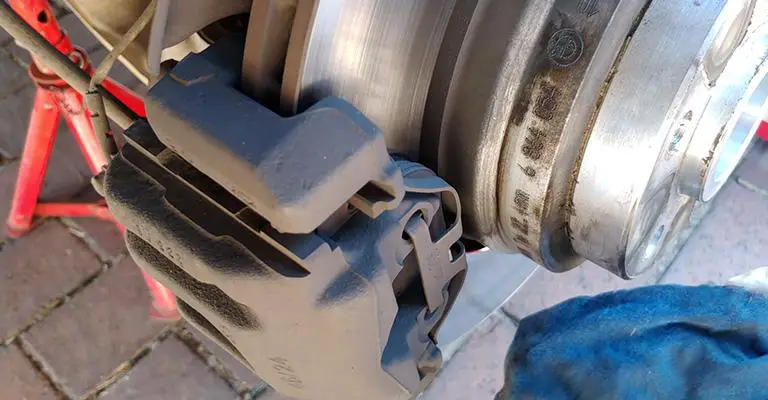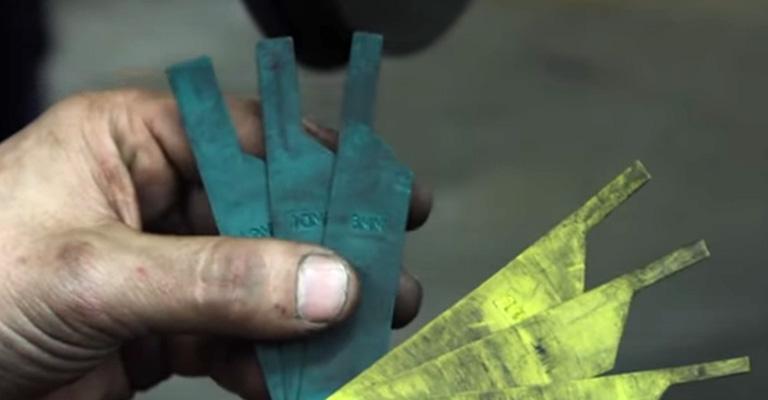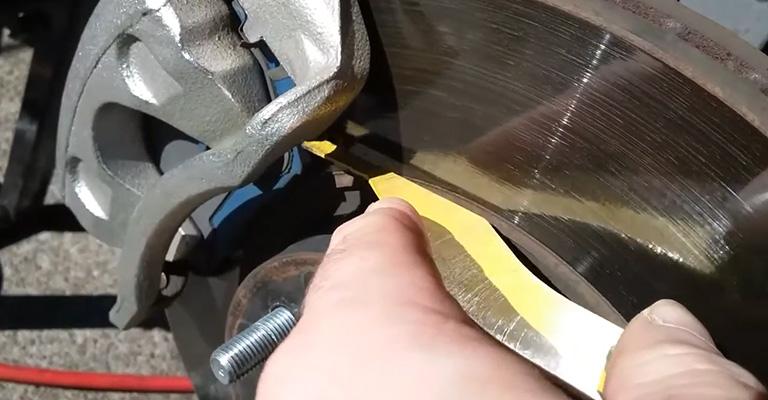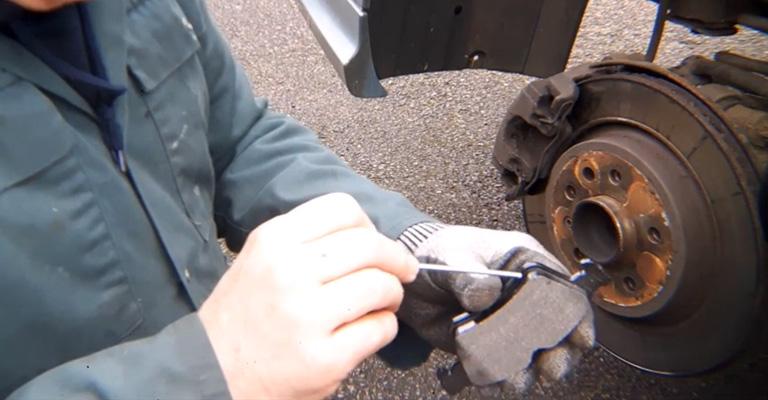Brake pads are essential, and for a safe ride, it is also inevitable to keep a check on them very often. Usual new brake pads come with 12mm coated, and when this wears off to less than 6mm, you can call for new ones.
Once your brake pad’s lining is below 6mm, you need to keep on check very frequently, and when it’s near having 3-4mm lining, then it’s an actual time, so bye to your old pads.
Contents
How Many MM Should You Replace Brake Pads?
Brake pads are manufactured differently, and each category has its elements. Also, what kind of automobile will be using what category and usage also vary. The period for changing a heavy-duty SUV’s brake pads will not be similar to a casual car’s usage.
So, in that case, we take the pads lining depth in the count and measure up to the level when it is almost dead. The multiple braking pad materials are briefed below.

- The most available and common ones are the organic pads and are not highly efficient for a heavy cycle job, as they wear off faster than any kind.
- There is a version that is combined with some metal components, and they serve comparatively pretty lovely with being a little noisy. These are the semi-metallic ones. Even though the semi-metallic brake pads have high braking performance still the 30-70% metal ramp wears off fast.
- The ceramic brakes are in the superior category having similar performance to the semi metallics but wears off slow, and this kind is in the most hype.
So, it is an excellent option to use ceramic pads. According to an experience a user shared once to demonstrate how long you can use a pad. Almost after a year’s use of the pads, they were left with 7mm of coating. So, it seems you can use braking pads freely for 15-16 months.
When to Replace Brake Pads MM?
It’s recommended to change the brake pads when the coats reach near 3-4 mm. More specifically, before the metal backing plate hits the rotor, you need to alter the pads if it’s not noticed before the later complications can be pretty hard to catch up with.

How Long Will 3mm Rear Brake Pads Last?
If it hit 3mm, it’s time to look for an alteration. Because with a 3mm coat, you’ll barely go a thousand miles even if it is a smooth road. Do have a sharp eye on the braking pads. The best way to check is when you change the brake oils.

How Long Will 5mm Brake Pads Last?
These brake pad lining work like a warning, so if your car expert friend says, “Hey, it’s life is 5mm,” you better take that seriously. At best, you can cover 15,000 miles with that braking pad, but keep a new one along if you’re still onto the old one.
How Long Will 4mm Brake Pads Last?
A 4 mm brake pad can assist you with a few miles, but not in a proper measure of depth to tackle your work. Before it creates more problems and squeaking sounds, go for a new one.
Brake Pad Minimum Thickness Mot
The minimum thickness for brake pads according to MOT is 3mm. So before reaching 3, you better start thinking of switching to a brand new one. It has a matter related to safety. So, it’s not wise to procrastinate.

FAQ
Q: What do I do if my brake pads are too thick?
Ans: The usual thickness of brake pads is 12mm. So, if it seems more than that, try giving clean work to the calipers because it gets disturbed with dirt and pollutants.
Q: How do I measure brake pads?
Ans: Use a flashlight to look over when changing brake oils, or either way, if it is seemingly thin (like, ¼”), then it needs to change. Some have a wear indicator part towards the center portion.
Conclusion
Brake pads are a small component in the brake properties but are one of the significant issues to be taken care of. The safety and to avoid further complications, it’s a real-time task to keep the brake pad thickness in check. As per the MOT, it is recommended not to have pads that have coats lower than 3mm. So it is inevitable.
